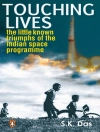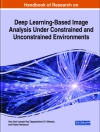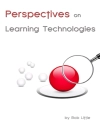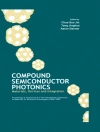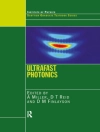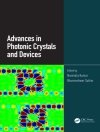This book presents multidisciplinary research focusing on the analysis, synthesis, and design of bio and nanomaterials. Merging biophysics, biochemistry, and bioengineering perspectives, it discusses the basic properties of materials and their interaction with biological systems; the development of new medical devices, such as implantable systems; and new algorithms and methods for modeling the mechanical, physical, and biological properties of biomaterials.
The book gathers the proceedings of the 3rd International Conference on Bio and Nanomaterials, held on September 29–October 3, 2019, on an MSC cruise ship navigating the Mediterranean Sea. It particularly highlights Horizon 2020 projects, covering topics such as novel synthetic strategies for nanomaterials, the implementation of bio- and smart materials for pharmacological and medical purposes, as well as environmental applications. Intended for a broad audience of academics and professionals, it offers a comprehensive and timely snapshot of the field of biomaterials. In addition to a set of innovative theories together with the necessary practical tools for their implementation, it also addresses the current challenges in the field, fostering new discussions and possible future collaborations between diverse groups.
Tabella dei contenuti
Part I: Structure and Properties of Bio and Nanomaterials.- Composition and Microstructure of Biocompatible and p H-Sensitive Copolymers Prepared by a Free Solvent ARGET ATRP.- Morphological and Properties Characterization of Poly(3-Hydroxybutyrate-Co-3-Hydroxyvalerate)/Halloysite Nanotubes Bionanocomposites.- Supercritical Assisted Electrospray for the Production of Controlled Size Loaded PVP Microparticles.- Superhydrophobic Coatings and Artificial Neural Networks: Design, Development and Optimization.- Nucleation and Growth Rate of a Poly(Lactic Acid) in Quiescent Conditions.- Part II: Modeling of Bio and Nanomaterials.- Exploring Cation Mediated DNA Interactions Using Computer Simulations.- Harvesting Free Energy Landscapes in Biological Systems.- Using Computer Simulations and Virtual Reality To Understand, Design and Optimize Artificial Water Channels.- Molecular Dynamics Simulation of Antimicrobial Permeable PVC-Based Films.


